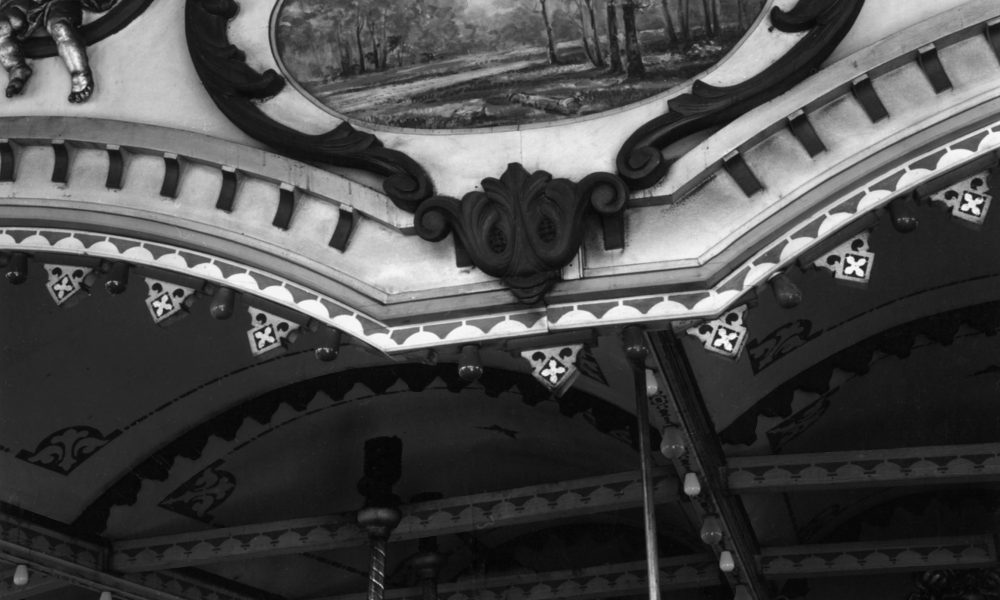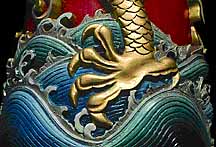
Badwater Basin
In 2003 on my cross country pilgrimage riding my (2000 R1100R) BMW, its rear bearing gave up coming into Las Vegas. After spending the weekend waiting for parts and loosing money in the Flamingo casino I was on my way again to cautiously pass through Death Valley. Because I became dehydrated on the highway while […]

Cuba’s Classic Cars
The antique American cars that populate Havana are always a delight to see and a favorite sight for tourists. But while the exteriors may appear genuine what goes on under the hood is a different matter. Due to the embargo on US goods entering Cuba making it difficult to obtain replacement or spare parts except […]

Paragon Park
Paragon Park was a popular amusement park on Nantasket Beach in Hull, Massachusetts from 1905 until its closing in 1984. I made these photographs in 1970 with a 4 x 5 inch view camera. Selected images from this portfolio of 12 are in the permanent collections of the Museum of Fine Arts, Boston, the Fogg […]
